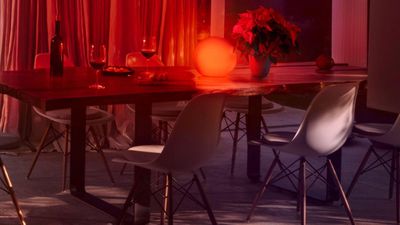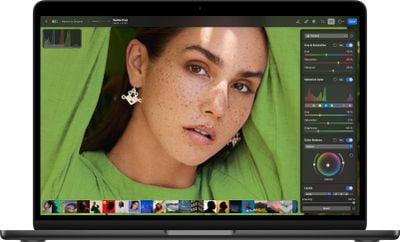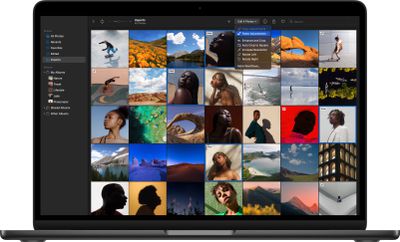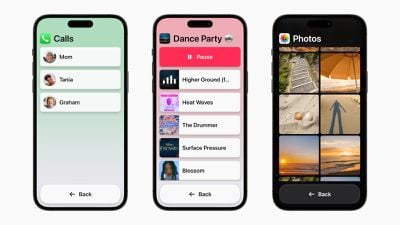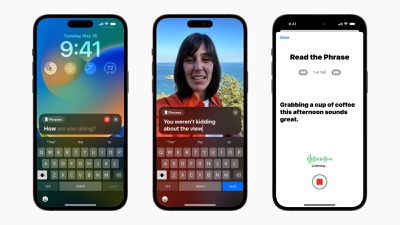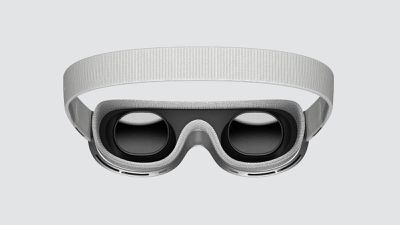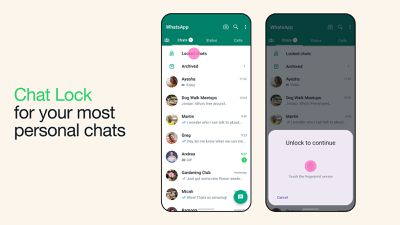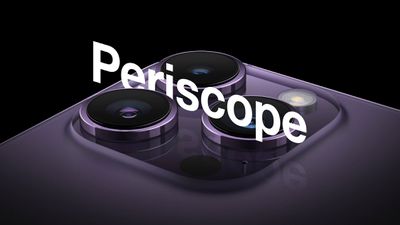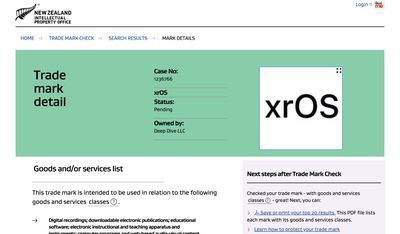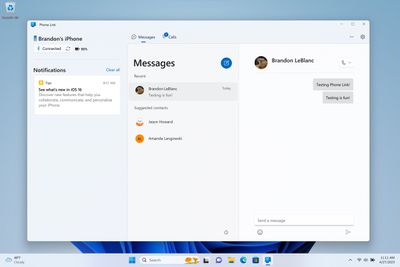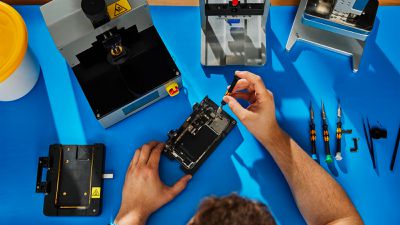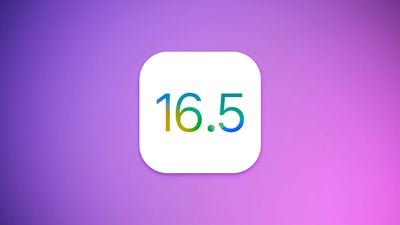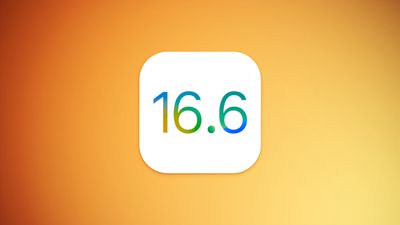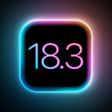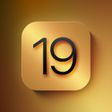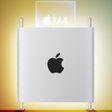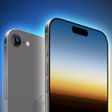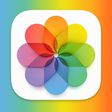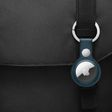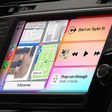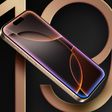A new Discover Samsung event has kicked off this week on the retailer's website, discounting a wide selection of monitors, TVs, and more home electronics for a limited time. Specifically, this sale runs through May 21, although some deals will last for one day only during this weeklong event.
Monitors
Starting with monitors, Samsung has its iMac-like Smart Monitor M8 for $499.99, down from $699.99. This is a second-best price on the monitor, but still a solid deal at $200 off the original price.
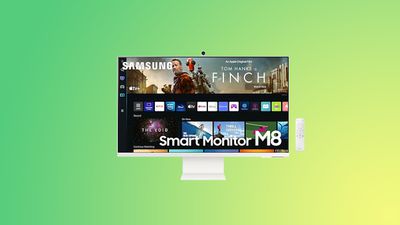 Note: MacRumors is an affiliate partner with some of these vendors. When you click a link and make a purchase, we may receive a small payment, which helps us keep the site running.
Note: MacRumors is an affiliate partner with some of these vendors. When you click a link and make a purchase, we may receive a small payment, which helps us keep the site running.
Samsung's Smart Monitor M8 has a design very similar to the new 24-inch iMacs, and it uses USB-C charging connectivity and includes AirPlay support. All four colors are available at this discounted price during the event.
Besides the Smart Monitor M8, we've rounded up a few other items you can get on sale during the Discover Samsung event. One of the best deals in this sale is Samsung's curved 55-inch Odyssey Ark 4K monitor for $1,999.99 ($1,000 off).
- 2TB Portable SSD - $129.99, down from $179.99
- 27-inch ViewFinity S8 Monitor - $429.99, down from $599.99
- 34-inch ViewFinity HDR10 Curved Monitor - $469.99, down from $699.99
- 27-inch Odyssey G6 Curved Monitor - $549.99, down from $699.99
- 43-inch Odyssey Neo G7 4K Gaming Monitor - $699.99, down from $999.99
- 49-inch Odyssey G9 Curved Monitor - $1,099.99, down from $1,499.99
- 55-inch Odyssey Ark 4K UHD Curved Monitor - $1,999.99, down from $2,999.99
TVs
Samsung is also discounting a collection of TVs, with as much as $2,700 off select models for this week only. Samsung's sale is mainly focused on discounts for 4K and 8K QLED TVs, with multiple sizes available. As with the monitor sale, all markdowns have been applied automatically and you don't need any coupon code to get these deals.
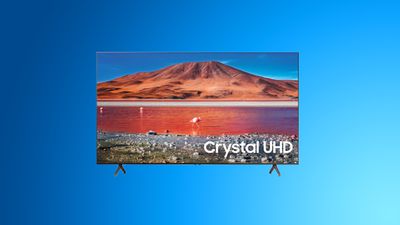
- Neo QLED 4K TV (2023) - Save up to $500
- The Frame QLED 4K TVs (2022 Models) - Save up to $800
- 75-inch/85-inch Neo QLED 4K TV - Save up to $2,700
- QLED 4K TVs - Save up to $500
- The Terrace Outdoor QLED 4K TVs - Save up to $1,500
- Neo QLED 4K TVs (2022 Models) - Save up to $2,700
- Neo QLED 8K TVs (2022 Models) - Save up to $2,000
There are many more products on sale during the Discover Samsung event, so be sure to browse before everything ends on May 21. Besides monitors and TVs, you'll find bargains on vacuums, smartphones, soundbars, notebooks, and more. Our full Deals Roundup has more information on the latest Apple-related sales and bargains.


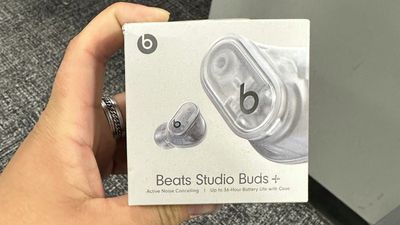
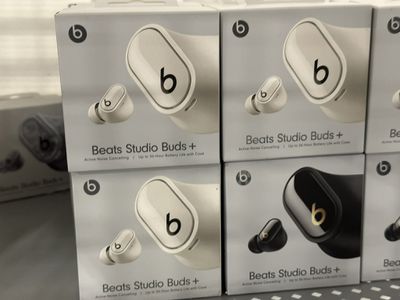


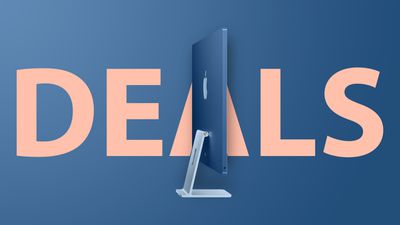 Note: MacRumors is an affiliate partner with some of these vendors. When you click a link and make a purchase, we may receive a small payment, which helps us keep the site running.
Note: MacRumors is an affiliate partner with some of these vendors. When you click a link and make a purchase, we may receive a small payment, which helps us keep the site running.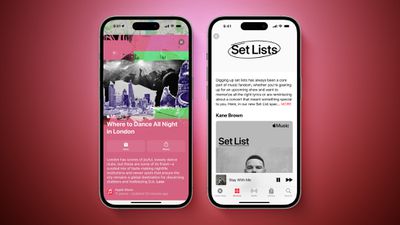
 Note: MacRumors is an affiliate partner with Amazon. When you click a link and make a purchase, we may receive a small payment, which helps us keep the site running.
Note: MacRumors is an affiliate partner with Amazon. When you click a link and make a purchase, we may receive a small payment, which helps us keep the site running.